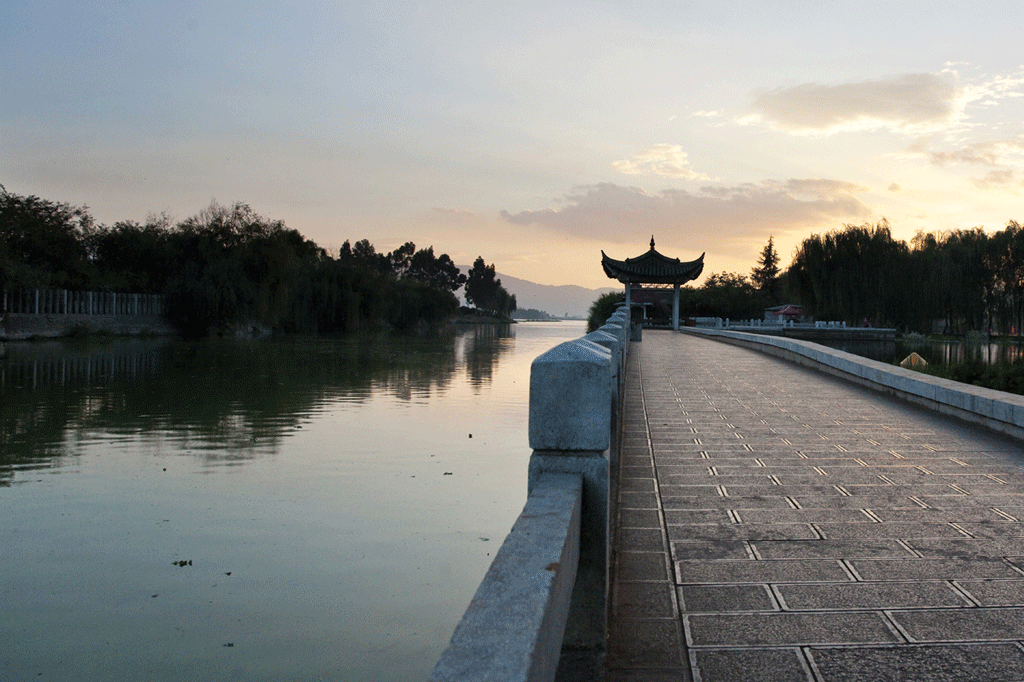Face forward, or face back? Finding the best place to stop by the Huangpu river in Shanghai last week was, surprisingly, a much harder decision than whether to succumb to the numerous Chinese street vendors trying to sell me clip on roller skates (an accessory for which I doubt I’ll ever have a particular yearning).
Ahead of me, across the river, were the neon lit skyscrapers of the Pudong area – the spectacular, but brash, signature of Shanghai’s emergence as a city of business and glamour, eastern China’s high rise gateway to the West.
Behind me, in startling contrast, the road was lined with colonial buildings; a window to a more sedate, seemly architectural past that stubbornly refuses to quite give way to recent generations’ taste for status and ostentatious fluorescent gimmickry.
It’s a decision of which Shanghai’s planners – and its public – are also becoming increasingly aware. I spent eight days in the city – my first visit to China - and while there I was told repeatedly by those who have watched the city’s buildings rocket upwards over the last three decades how a fresh level of consideration is now evident in the city’s attitude towards development.
��ɫ����TVs are still going up – the tallest building in China is currently under construction in the city – but there is also an air of restraint that cannot be entirely explained by the government’s attempts to cool the heated real estate market.
Part of this is a growing awareness of the value of China’s heritage – for tourism, and for its own culture – that is contributing to a rise in the number of museum schemes and greater care over planning applications on heritage sites. Part of it is also a growing sense that Shanghai – and China more widely – needs to plan its developments with a broader view in mind if it is really to fulfil its domestic and international ambitions.
While some developers continue to pile concrete skywards in the hope of turning a quick profit, more and more are starting to think genuinely about the role of sustainability – not just the latest technologies, as has been the case over the last five years, but about building orientation, light pollution, and whole life value.
There is also a renewed focus on transport orientated development – ensuring that the buildings that have sprung up are linked properly to infrastructure, and that in turn, China’s main developed areas are able to connect readily with its host of emerging second and third tier cities.
For now, this is a shift that is evident in pockets rather than as a dominate trend, but for those familiar with the Chinese construction sector it marks an important change. Over the next few weeks, ��ɫ����TV will be looking in depth at the opportunities and challenges this brings western firms turning to a market that is waking up to the fact that it makes very little sense to spend money on solar panels in cities that are often shrouded in fog....


























No comments yet